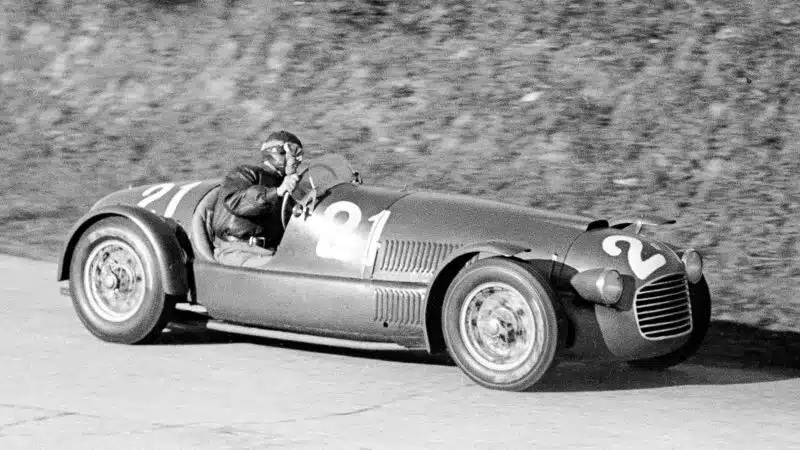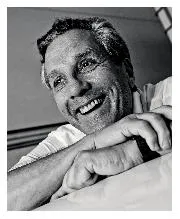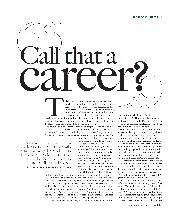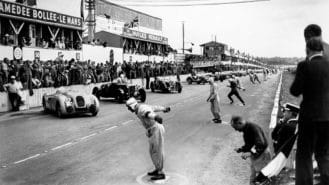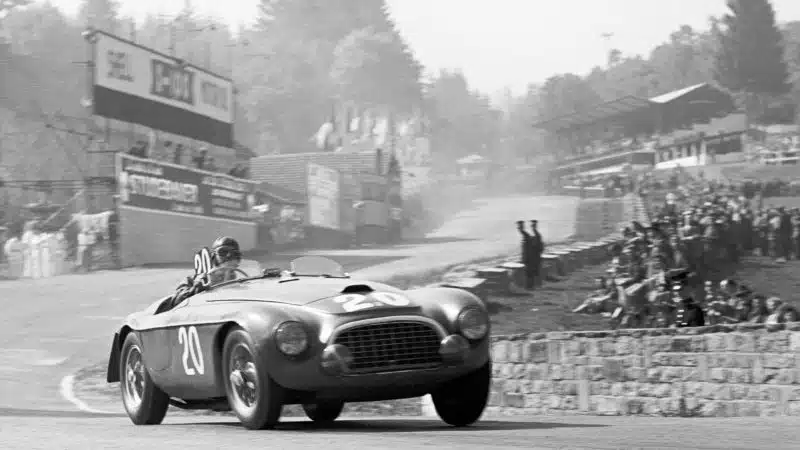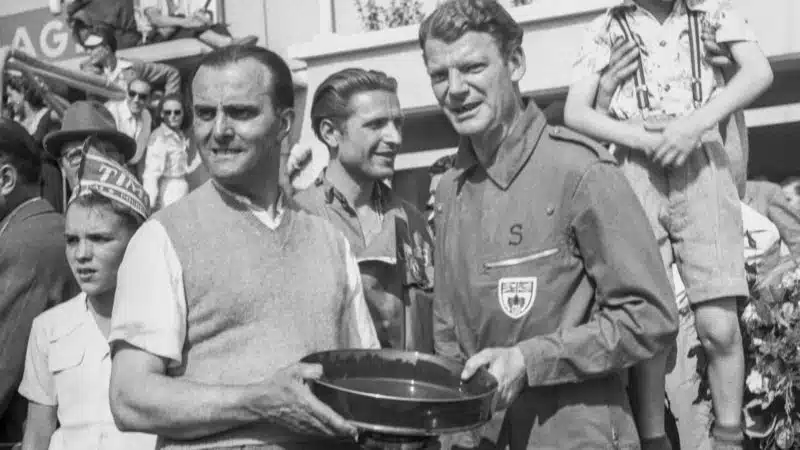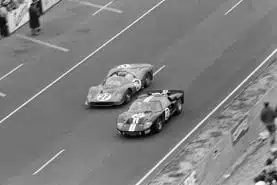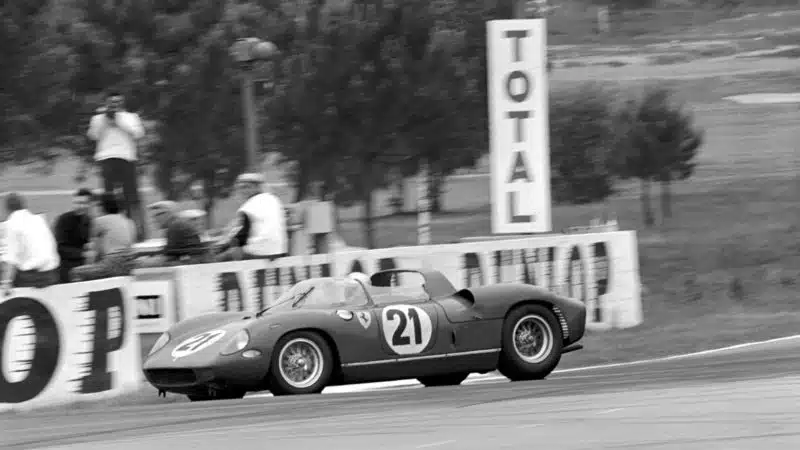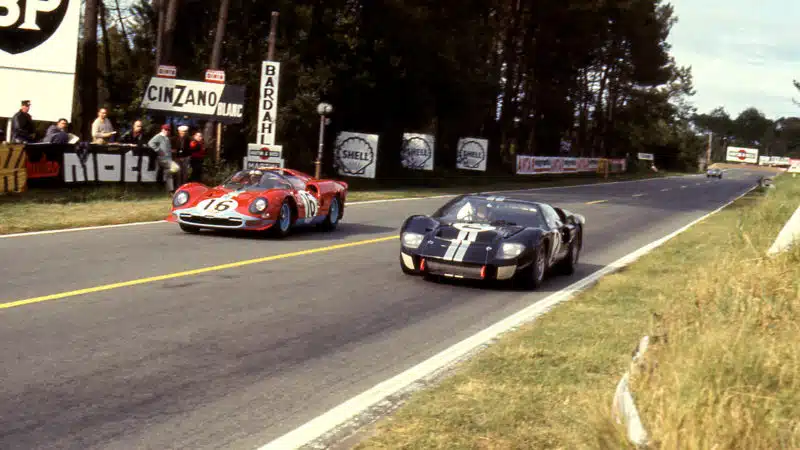Ferrari had form having built a pair of twin-engined Bimotori Alfa Romeo racers in the mid-1930s and subsequently orchestrated and overseen designer Giaocchino Colombo’s voiturette Alfetta masterwork before a restructured Alfa Romeo brusquely claimed it as its own.
Disgruntled, and banned from using his name, Enzo then went his own way and constructed a pair of Fiat-based, straight-eight 1.5-litre sports cars under his Auto Avia Costruzioni banner, for a young Alberto Ascari and aristocratic Lotario Rangoni Machiavelli to drive in the 1940 Mille Miglia.
This immediate post-war proposal, however, was different: designer Colombo was convinced that Enzo planned to produce the 125 model (and its soon-to-appear variants) in significant numbers.
Progress was slow admittedly, materials being hard to come by – plus the moonlighting Colombo had been recalled by Alfa Romeo, leaving others to decipher his notes and sketches – but the 1.5-litre had at least first run on a dyno on 26 September 1946.
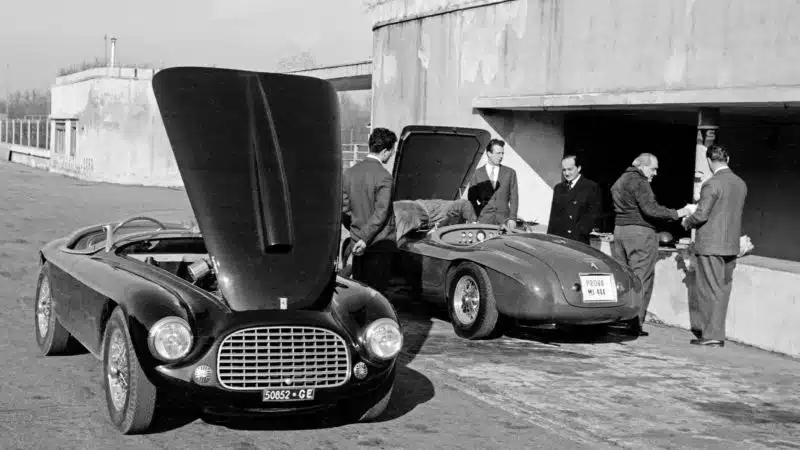
Ferrari 166M Barchetta testing at Monza, 1951
Klemantaski Collection/Getty Images
By 12 March 1947, it would be powering the rolling chassis sans bodywork that Enzo drove proudly through the gates at Maranello. Already winning minor national races by May, 2-litre Ferraris – customers had been quick to demand more power – driven by road-racing specialist Clemente Biondetti would within the next 12 months be victorious in the prestigious Targa Florio and Mille Miglia, the latter in a coupé no less.
None of this had anything to do with Chinetti.
He had been right, though – the first 166MM was sold to LA’s Tommy Lee following its appearance at the Turin Motor Show of September 1948 – and he knew how to prove it beyond doubt: that same month Chinetti scored Ferrari’s first major international win beyond Italy – the Montlhéry 12 Hours – in the Mille Miglia-winning 166 Spyder Corsa that he had persuaded British co-driver Lord Selsdon to buy.

